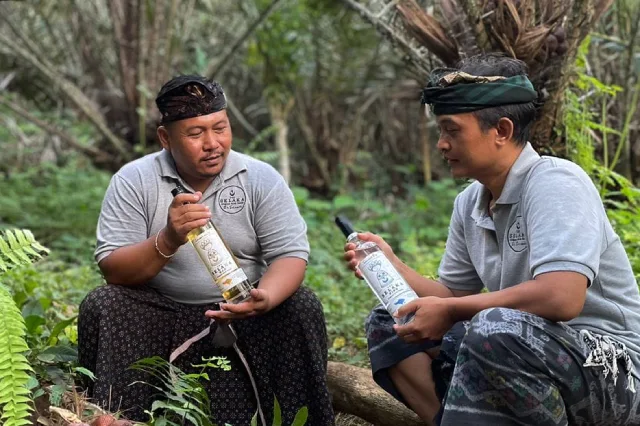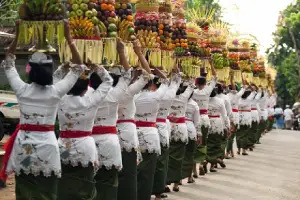If you imagine a coastline with nearly a dozen similar bays, all backed by a steep range of coastal hills dotted with lush patches of banana trees and tobacco fields, you’ll get a sense of Kuta’s initial attraction.
Kuta’s original allure was its limitless world-class breaks, and the sets keep coming even as developers lick their chops. Meanwhile, the town is a charming mix of guesthouses, cafes, restaurants, and low-key beer joints.
The main beach in Kuta can easily trap you and deter you from exploring the rest of the island. It has perfect white sand and breathtaking vistas. In addition, the surf is ideal for swimming. Landscaped areas are increasingly replacing swaths previously covered by bamboo huts, gentrifying the coastline. (Though a few bamboo joints have returned to sell beer late at night.) It’s a little dismal right now, but there’s always that water.
Across the street is a row of activity sales agents who can arrange anything from surf tours to snorkelling in remote locations. Strive for a good deal.
The reefs off Kuta Bay (Telek Kuta) and east of Tanjung Aan provide excellent lefts and rights for surfing. For around 200,000Rp, boatmen will take you out. The fishing community of Gerupuk, seven kilometres east of Kuta, has a sequence of reef breaks, both close to the coast and further out, but they require a boat, which costs 350,000Rp per day. Wise surfers fly past Gerupuk and head for Ekas, where the crowds are scarce, and the waves are ample. Mawan, a beautiful swimming beach, and Mawi, a popular surf spot with world-class swells and a powerful riptide, are west of Kuta.























